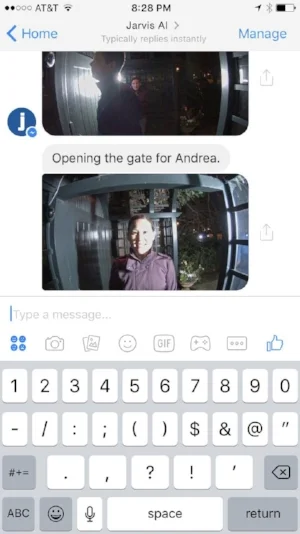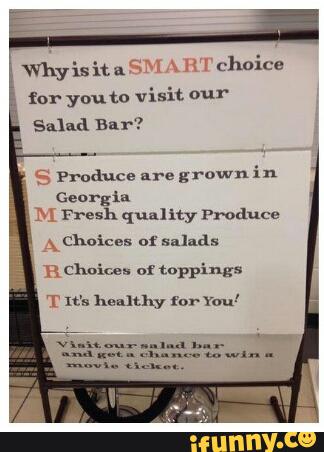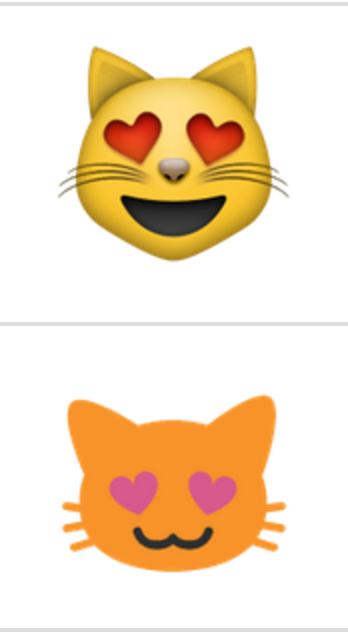The Evolution of Interpersonal Skills
We were recently asked: “Do you think that, though digital dating has opened up more opportunities to meet people than ever before, that same screen-based culture has decreased our interpersonal skills?”
There are arguments for both sides, but we think there’s been more of an evolution of interpersonal skills. Until we’re replaced by AI and robots (coming soon?), digital communication doesn’t replace real-life interaction - it’s an added dimension. Instead of having to be charming only in person, we now have to master modern letter-writing.
Doing this well requires time and practice the same way it took time and practice to hone more traditional interpersonal skills, like how to create engaging conversation and what to make of the other person’s facial expression and body language. Texting is just newer and has a slightly different set of rules and formalities. For example...
1: You shouldn’t be too wordy
2: And don’t take too long to reply
3: You should probably learn proper emoji usage
4: For the advanced, find the perfect gif to capture the essence of the moment
In just the last two years, technology and machine learning has made giant leaps translating traditional spoken language. As we evolve how we communicate, many of us could use some help climbing up the learning curve. That’s why there's Crushh.












































